
Starting June 1st, 2023 Our warehouse fee will be $0.65/cubic foot per month
In effort to lower the warehouse storage fee during inflation, we have went narrow aisle racking.This construction took us four months but the project is finally completed. With narrow aisle racking, we are able to drop storage by 24%.We as partners will go through this inflation together.
09/25/2024
In today's fast-paced eCommerce landscape, the demand for efficiency and accuracy in logistics has never been greater. Enter the smart warehouse - a revolutionary approach that integrates cutting-edge technologies to transform traditional storage facilities into automated, intelligent hubs of operation. By harnessing the power of robotics, IoT, and advanced software solutions, smart warehouses streamline inventory management and enhance productivity, paving the way for businesses to thrive in a competitive market. As companies increasingly seek innovative solutions to meet consumer demands, smart warehousing is becoming a game-changer, redefining the future of supply chain management.

A smart warehouse refers to a facility equipped with a range of automated systems and solutions designed to streamline warehouse operations. This encompasses both software and hardware technologies, including machines and robotics, aimed at enhancing smart warehouse management.
Compared to conventional warehouses, smart warehouses operate more efficiently due to their integration of sensors and advanced digital technologies. For instance, warehouse management software can optimize the layout of the facility, while sensors track inventory locations in real-time as it moves through the warehouse. This not only reduces the time employees spend navigating the warehouse but also minimizes the potential for errors.
The popularity of smart warehouses is rising as companies seek to cut costs and enhance productivity. Common practices in smart warehousing include the frequent use of robots and automated conveyor belts, which transport inventory seamlessly within the facility. This technology reduces the reliance on human labor and allows warehouses to operate around the clock.
As competition for eCommerce customers intensifies, more businesses are embracing smart warehouse technologies. This shift enables them to transform their operations and stay ahead in a rapidly evolving market.
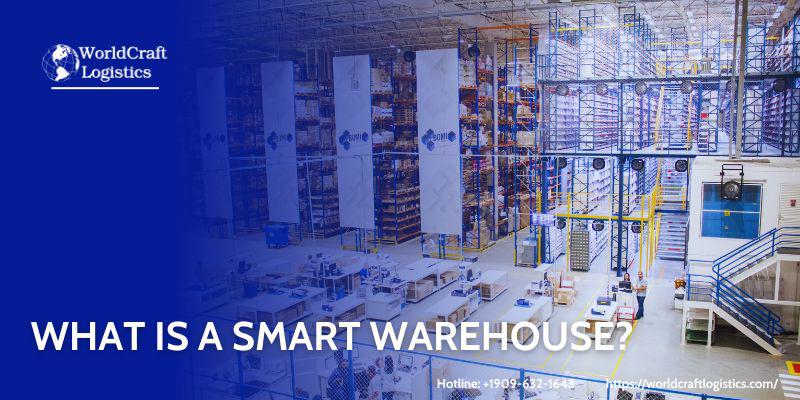
Related post: 👉 Explore the FDA Registered Warehouse and how to choose a trusted partner
Here’s a visual tabular representation comparing smart warehousing and traditional warehousing for easy observation:
Aspect | Smart Warehousing | Traditional Warehousing |
Technology Integration | Advanced technologies (robotics, IoT, AI) for automation | Manual processes and basic technologies |
Operational Efficiency | Streamlined, faster operations with reduced costs | Slower operations, higher operational costs |
Inventory Management | Real-time tracking, precise control, better forecasting | Manual tracking, periodic counts, less accuracy |
Workforce Dynamics | Reduced manual labor, skilled workforce for tech management | Heavily reliant on human labor for all operations |
Scalability and Flexibility | Easily adaptable to changes, quick scaling of operations | Challenging to scale, requires more space and workforce |
Data Utilization | Extensive data collection and analytics for optimization | Limited data capabilities, less informed decision-making |
This table provides a clear and concise comparison of the key differences between smart and traditional warehousing. Let me know if you need any further adjustments!

Smart warehouses leverage cutting-edge technologies to enhance efficiency, accuracy, and automation. Below is a roundup of some of the leading technologies in use today:
5G networks enable high-speed, low-latency connectivity, allowing seamless communication between devices. This is critical for real-time data exchange in smart warehouses, enhancing automation, IoT functionality, and overall operational efficiency.
AGVs are used to transport materials within the warehouse autonomously, reducing the need for manual labor and increasing speed in product movement. These vehicles follow predetermined paths using sensors, reducing errors and improving productivity.
ASRS optimizes space utilization and improves efficiency by automating the retrieval and storage of goods. These systems allow for high-density storage and fast, accurate retrieval, reducing the need for manual intervention.
Robotic arms and AI-driven picking systems enhance the accuracy and speed of order fulfillment. These tools can handle multiple product types and sizes, improving the accuracy of order processing while reducing labor costs.
Real-time inventory tracking through automation systems minimizes human error, prevents stock outs or overstocking, and allows warehouse managers to maintain accurate inventory levels efficiently.
IoT devices, such as smart sensors, monitor conditions like temperature, humidity, and location in real-time. These devices enhance operational efficiency by providing data that optimizes everything from storage conditions to energy usage.
Robotic systems perform various warehouse tasks, including picking, packing, sorting, and transporting goods. They reduce labor costs, improve safety by handling hazardous materials, and operate 24/7 without fatigue.
RFID technology uses radio waves to automatically identify and track inventory. It provides real-time data on product movement and location, enhancing inventory management, reducing errors, and improving visibility throughout the supply chain.
A WMS is software designed to optimize daily warehouse operations. It automates tasks such as inventory management, order fulfillment, and tracking shipments, ensuring a streamlined workflow and better resource management.
These technologies are revolutionizing warehousing, making operations more efficient, cost-effective, and responsive to the growing demands of modern supply chains. If you are not sure what equipment a basic warehouse will have, click to see the following article: 👉 Top 15 Types of Forklifts, Uses, and Classifications

Smart warehouses represent the future of efficient and effective inventory management by integrating advanced technologies such as artificial intelligence (AI), the Internet of Things (IoT), and automation systems. Here are the key benefits of smart warehouses:
One of the most significant advantages of smart warehouses is the increase in operational efficiency. Automation technologies, such as robotic picking systems and automated guided vehicles (AGVs), reduce the need for manual labor in picking, packing, and sorting, leading to faster and more accurate processes. By reducing human error and increasing processing speed, smart warehouses can handle higher volumes of goods in less time.
Smart warehouses use IoT sensors and cloud-based systems to offer real-time visibility of inventory levels. Warehouse managers can monitor stock levels, track goods as they move through the supply chain, and predict stock shortages or overages with greater accuracy. This minimizes the risk of stockouts or overstocking, ensuring a balanced and efficient inventory flow.
The automation of labor-intensive tasks reduces the need for human workers, which can significantly lower operational costs over time. Additionally, smart systems can optimize energy usage, cut down on waste, and streamline storage spaces, all of which contribute to a more cost-effective warehouse.
Manual data entry, picking, and sorting are prone to errors that can lead to incorrect shipments, lost inventory, and customer dissatisfaction. Smart warehouses rely on AI and automated systems that ensure higher levels of accuracy in inventory tracking and order fulfillment, reducing costly mistakes.
Smart warehouses are designed to optimize order processing and fulfillment. Automation systems can work 24/7 and process orders at high speeds, allowing businesses to meet increasing customer demands for fast delivery, especially in e-commerce.
Automated storage and retrieval systems (ASRS) can maximize warehouse space by efficiently organizing products and making better use of vertical storage. This leads to reduced need for larger warehouses and helps companies save on rent and maintenance costs.
Smart warehouses generate vast amounts of data that can be analyzed to improve operations. AI and machine learning algorithms can provide insights into performance metrics such as pick times, stock turnover, and energy consumption, enabling managers to make data-driven decisions that enhance productivity and cost-effectiveness.
With the integration of robots and automated systems handling repetitive and potentially dangerous tasks, there is a reduction in the risk of workplace accidents. Robots can perform heavy lifting, move hazardous materials, and operate in harsh environments, ensuring a safer working environment for human employees.
Smart warehouses can incorporate sustainable practices, such as energy-efficient lighting systems and climate control, as well as smart sensors that adjust energy consumption based on real-time needs. This helps in reducing the warehouse's carbon footprint while also saving on energy costs.
As businesses grow, smart warehouses can easily adapt to handle larger volumes of inventory. The modular design of many automated systems allows for scalable growth, and businesses can implement more technology solutions without the need for large infrastructure changes.
Smart warehouses offer a myriad of benefits that enhance operational efficiency, reduce costs, improve safety, and provide better inventory control. As these technologies continue to evolve, the adoption of smart warehousing systems will become an essential strategy for businesses looking to stay competitive in the fast-paced logistics and supply chain industry.

To effectively transition to a smart warehouse, businesses should follow a structured selection process:
Start by evaluating your existing warehouse processes, workflows, and challenges. Understand the limitations of your current systems in terms of efficiency, cost, and labor requirements. This assessment helps identify areas where smart technologies can have the most impact.
Clearly define your business goals, such as improving order accuracy, reducing labor costs, or increasing storage capacity. Setting specific targets will guide your selection of warehouse technologies that align with these goals.
Based on the goals identified, choose technologies that fit your operational needs. This could include AGVs, automated picking systems, IoT sensors, or RFID solutions. Evaluate each technology’s potential ROI, ease of integration, and scalability.
Implement the selected smart warehouse technologies, ensuring minimal disruption to current operations. Properly plan the deployment to integrate new systems with existing infrastructure. Testing during the deployment phase ensures the technology works effectively.
Provide comprehensive training for warehouse staff to ensure they are proficient with the new technologies. Continuous support is essential to address any technical issues and ensure smooth operations.
After deployment, regularly review warehouse performance metrics. Identify areas for improvement and optimize systems as needed. Continuous optimization helps maintain efficiency and adaptability to changing demands.
This step-by-step approach ensures a successful transition to a smart warehouse, driving long-term operational efficiency and growth.

Smart warehousing is becoming increasingly popular across the U.S. due to the rise of e-commerce and the need for faster, more efficient logistics operations. Here are some key locations where smart warehousing is being implemented:
California (Los Angeles, Inland Empire) – A logistics hub near major ports, utilizing automation.
Texas (Dallas-Fort Worth, Houston) – Central U.S. location with advanced warehouse technologies.
Illinois (Chicago) – A major transport hub with smart warehouse adoption.
New Jersey (Newark, Elizabeth) – Near the Port of Newark, ideal for fast delivery with automation.
Georgia (Atlanta) – A logistics center using high-tech solutions for e-commerce.
Pennsylvania (Lehigh Valley) – Rapid growth in smart warehousing due to its East Coast location.
Ohio (Columbus) – Central location with heavy investment in warehouse automation.
These locations highlight how smart warehousing is revolutionizing logistics across the U.S., driven by advancements in technology and the increasing need for efficient supply chain management.
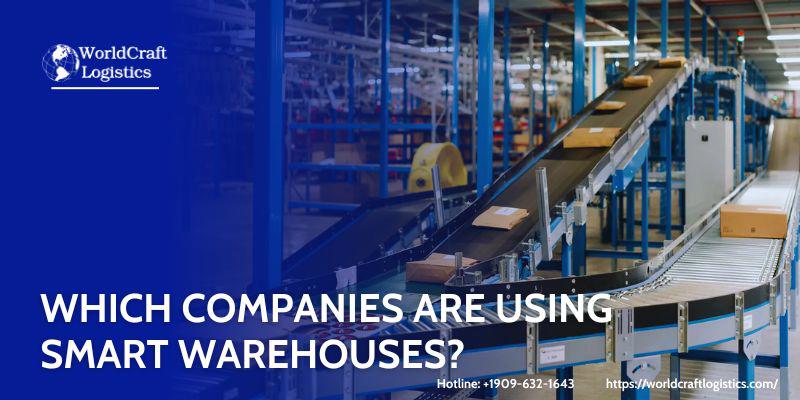
Several major companies have embraced smart warehouse technologies to enhance their logistics and streamline operations. Amazon, for instance, leverages robots, automated picking systems, and AI-driven inventory management in its vast network of fulfillment centers to speed up order processing. Similarly, Walmart and Target have integrated automation, robotics, and real-time data analytics into their warehouses to improve picking accuracy, manage inventory, and accelerate delivery times.
Global logistics leaders like DHL, XPO Logistics, and UPS also use smart warehouse technologies, including robotics, RFID, and real-time tracking systems, to optimize their supply chains. Alibaba's Cainiao Network and FedEx have adopted AI, IoT, and AGVs in their warehousing systems to improve efficiency and reduce errors, ensuring faster, more reliable service. These innovations enable companies to meet the increasing demand for fast, accurate order fulfillment in a competitive market.
Is one of 15 types of warehouses, exploring the dynamics of the smart warehouse reveals that this innovative approach to warehouse management is more than just a trend; it represents a fundamental shift in the industry. By integrating cutting-edge technologies such as the Internet of Things (IoT), artificial intelligence (AI), radio frequency identification (RFID), and automation, smart warehouses are revolutionizing the way businesses handle inventory, optimize workflows, and meet customer expectations.
While the transition to a smart warehouse can involve challenges - such as adapting existing facilities and managing extensive data—the benefits are enormous. Improved accuracy, increased efficiency, reduced costs, and superior customer service can far outweigh the initial hurdles. Success depends on a thorough assessment of current operations, setting clear goals, selecting the right technologies, and a commitment to employee training.
Implementing a smart warehouse not only prepares your business for the future, but also positions it to thrive in an increasingly competitive and customer-centric environment. As you embark on this transformation journey, prioritize the continuous evaluation and optimization of your systems to maximize efficiency and productivity. Thank you for reading Worldcraft Logistics.
SEO
Digital Marketing/SEO Specialist
Simon Mang is an SEO and Digital Marketing expert at Wordcraft Logistics. With many years of experience in the field of digital marketing, he has shaped and built strategies to effectively promote Wordcraft Logistics' online presence. With a deep understanding of the logistics industry, I have shared more than 500 specialized articles on many different topics.
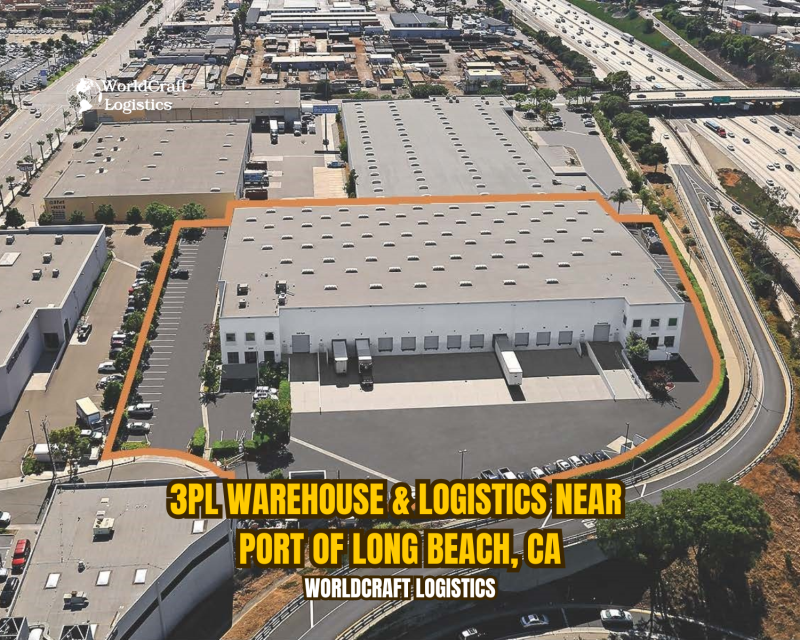
Warehouse
12/30/2024

Warehouse
06/16/2024

Warehouse
03/03/2024
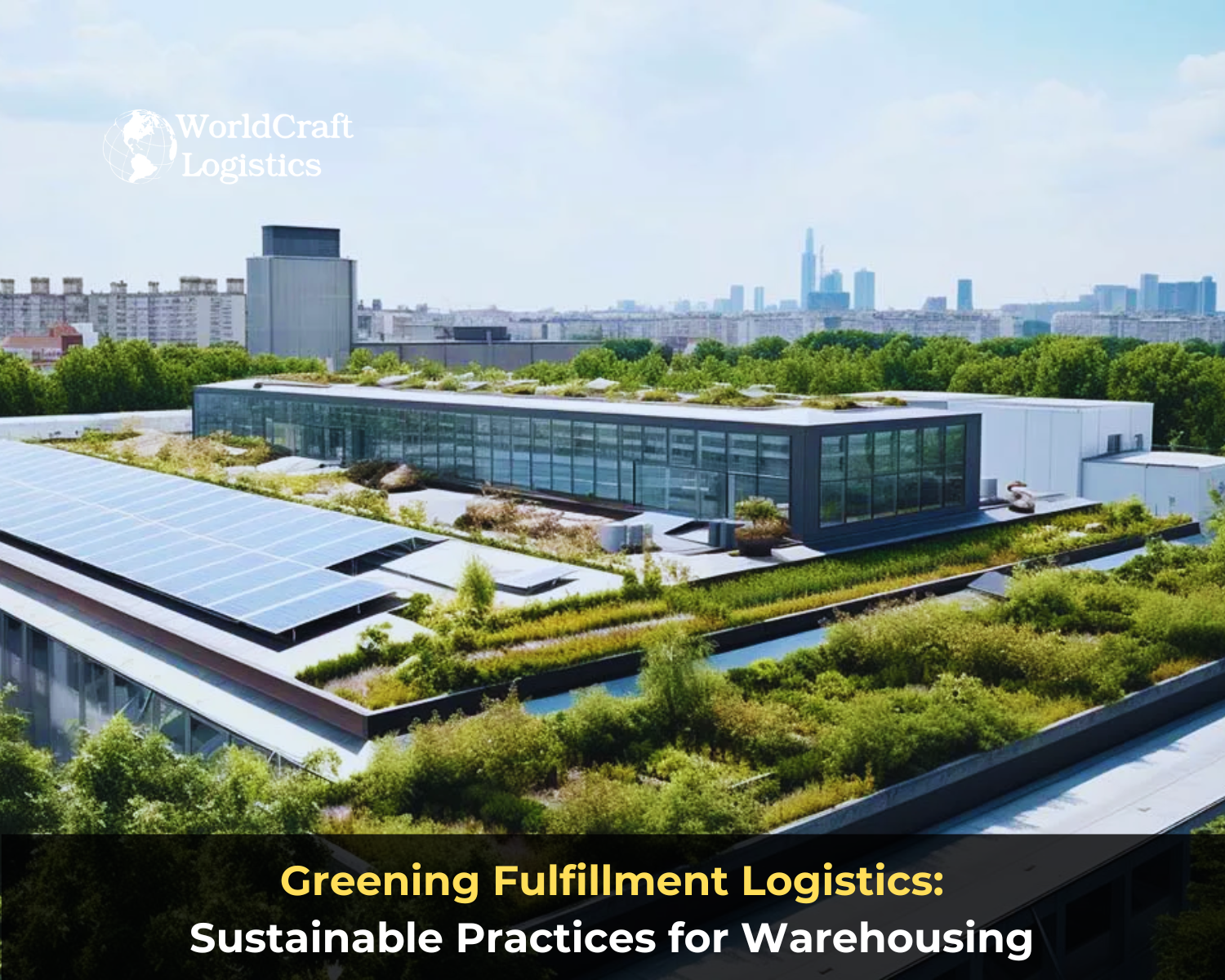
Warehouse
08/25/2024
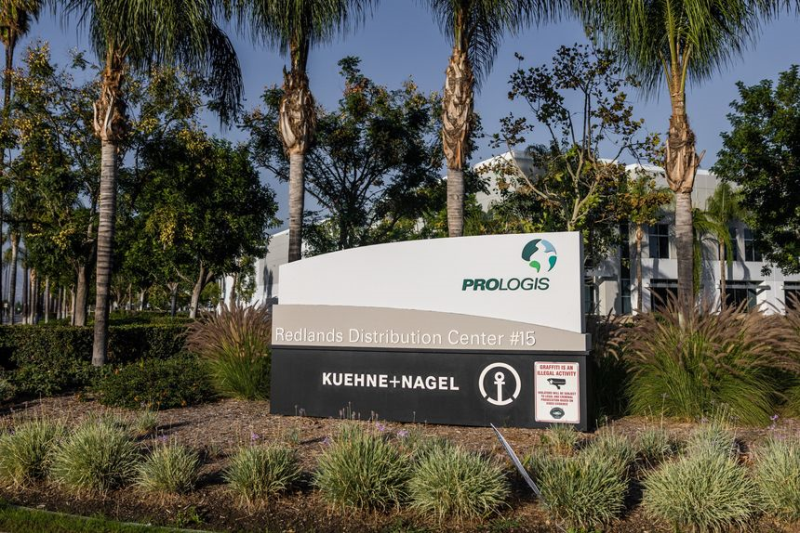
Warehouse
02/20/2023